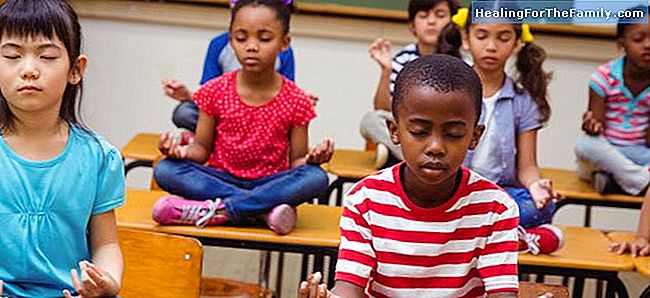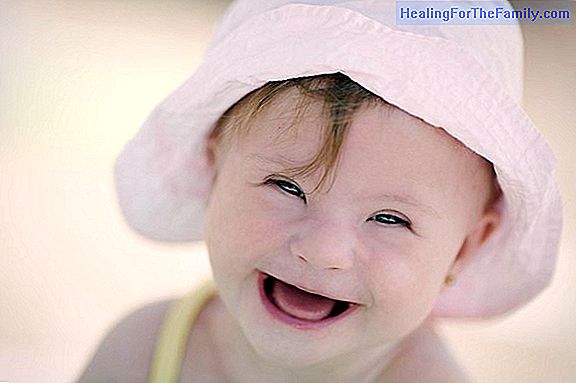Meditation for children and teachers in the classroom
More and more schools and institutes that include Mindfulness among their activities. Mindfulness has entered the educational world in the form of extracurricular activities, workshops for teachers, for parents; or as an activity aimed at the student, either punctual or continued over time. Introduc
More and more schools and institutes that include Mindfulness among their activities. Mindfulness has entered the educational world in the form of extracurricular activities, workshops for teachers, for parents; or as an activity aimed at the student, either punctual or continued over time.
Introduce Mindfulness in the classrooms, moreover, introduce Mindfulness in education, go far beyond using a Tibetan bowl or encourage students to breathe for a minute upon entering the classroom. No doubt this is important. But when a center decides to put full attention in its classrooms, it is betting on a new concept of education, a conscious education, that will color all the activities that are done, including the way in which the teacher addresses his students , or the way in which students relate to each other.
Benefits for Mindfulness teachers in the classroom

In relation to teachers, among others:
- Increase their level of attention and concentration.
- It changes positively the way in which the teacher addresses his students, being more empathetic and respectful.
- He is able to set limits from consciousness, and not from insecurity or from the need for approval.
- Lowers decrease due to depression and anxiety.
- The educational vocation is rediscovered.
- Emotions are better managed, so that reactions such as screaming or punishment are less used.
- Increase personal and professional self-esteem.
- Reduces stress.
- There are more moments of calm and harmony.
Benefits for Mindfulness students in the classroom
In relation to students, also among others: Au - Increase attention and concentration.
- Improve social skills, thus decreasing the violent resolution of conflicts and cases of bullying.
- Improves the management of emotions.
- Increase calmness and calmness.
- Reduces stress and anxiety.
- Improves self-esteem.
- Increase self-pity and compassion for others, as well as empathy.
- There is more collaboration and less competition.
- More respect for the other, including the teaching staff.
- Cases of academic success increase.
- Increase responsibility.
- Children and teenagers are happy.
Both lists could be expanded, because it is true that the number of studies and investigations on this subject is increasing every day. However, the most important thing to introduce Mindfulness into the classroom is the adult who introduces it. That is, if one takes a book of Mindfulness activities, and simply introduces them into their classroom, it will be one more activity. The important thing is that, whether the facilitator of Mindfulness external to the center, or the teacher, they must practice Mindfulness, because they must be very present and very aware, with full attention to themselves and their students, when developing the activity chosen
For example, coloring mandalas can be coloring mandalas; Or it can be coloring mandalas with mindfulness. If the leaves are distributed with the mandala and the children are asked to color it, insisting strongly on silence, for example, or asking them to color themselves in a certain way and, for caricaturing the situation a bit, "taking advantage of that time that the children are coloring to correct those delayed exams ", the essence of Mindfulness is lost. But if asked from the conscience, inviting the children to choose the mandala to color from their hearts, to observe the colors before choosing them, to share their paintings,and even sharing the activity with the children, this one Yes it will be mindful. It can be accompanied by soft music, and also let the children talk, because they can be talking with full attention, finding, although it sounds paradoxical, silence in that small noise that these conversations make that respond to share a space and time.
Therefore, the most important thing when introducing Mindfulness in the classroom is the attitude of the adult who brings it closer to their students. An attitude that includes a commitment to personal practice, since without it, it can not be transferred to others. On the other hand, the ideal is for the center's teaching staff to include it in their classes, after having had a training, even if they have a follow-up by a facilitator.












